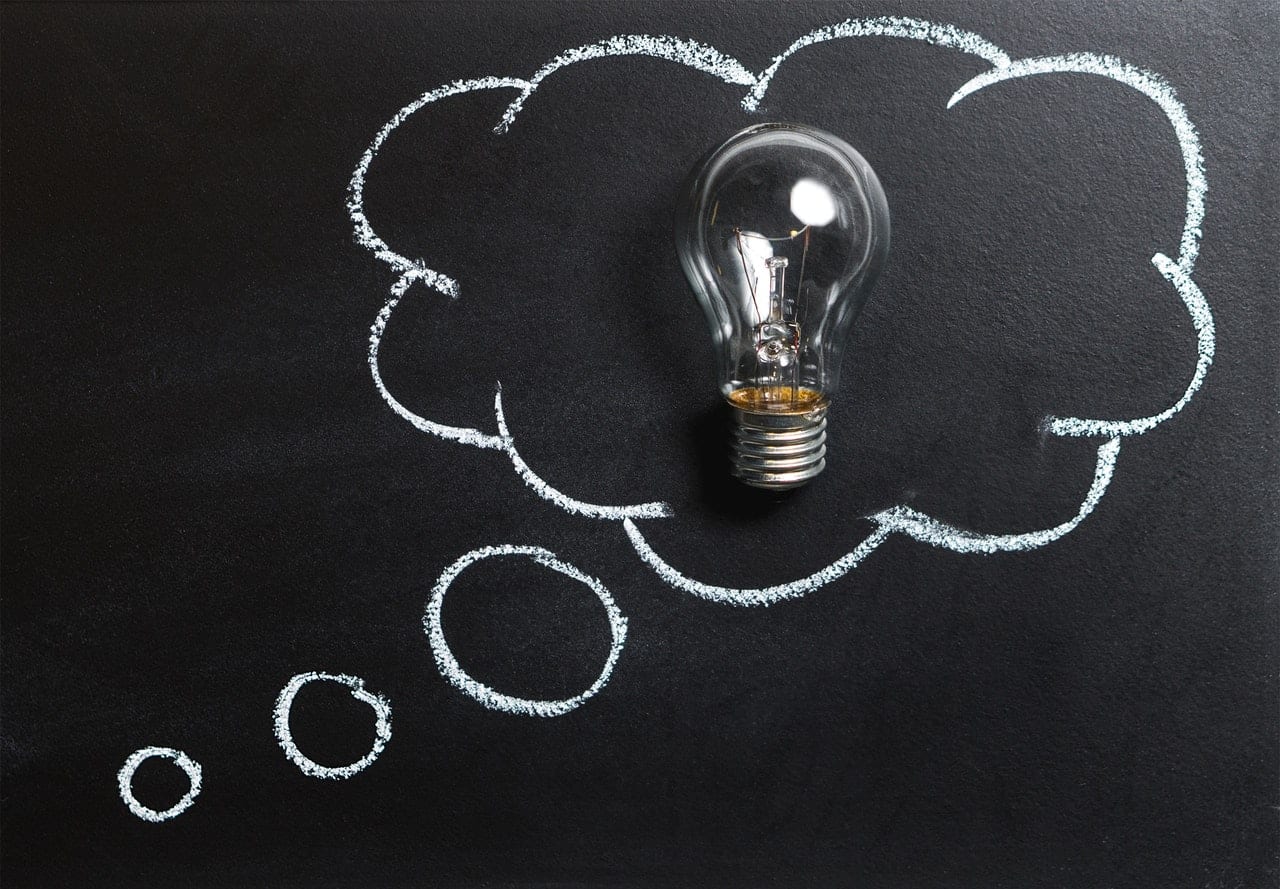USING ARTS TO EXPLORE WELLNESS
Submitted by Karena Munroe, Calgary Board of Education
Special thank you to co-authors Cindy Thomson and her grade 7 classes
In my School District, students and teachers have sent a resounding message through an internal survey about the importance of prioritizing school wellness responses as critical work in our school development planning. I set out on a research quest to use arts to further this goal. I planned to explore arts activities that enhance educators’ school wellness actions by integrating educators’ insights into an arts-lab activity toolkit.
The COVID-19 restrictions enacted in spring 2020 shaped my research. With the help of a fantastic community, the arts-lab idea found a way forward through an online pivot. I shifted my research environment to Microsoft Teams and focused on educators’ experiences and virtual arts-lab activity field-tests, rather than actually working with students myself. While it looks very different than I first imagined, the results are hope-filled. They indicate reasons to celebrate the educator community and evidence the potential of an arts-lab focused on school wellness.
Today I want to highlight one of the most educator field-tested arts-lab activities from this research experience.
“For the Love of School” Virtual Poetry Voice is a shorter activity, ranging 20-40 minutes, and an opportunity to introduce several concepts about wellness through a reflective and creative medium. In this activity, the visioning experience is just as important as the output. The process and the product are of equal value.
The activity starts with visualizations, some that may resonate vividly more than others. There should be time after the experience to jot down key ideas in a personal journal. Then, regroup to respond to poetic prompts using the chat feature. A teacher shared the prompts with me from an independent assignment with her students.
HERE IS HOW I RAN THE ACTIVITY, INCLUDING GUIDING QUESTIONS FOR VISUALIZATION:
- Play soft background music and project a calming image – I used a picture of a field of wheat.
- Ask participants to keep their journal and writing tool nearby.
- Participants can sit however they need to be comfortable; they just need to be able to hear and return to the keyboard quickly. Some may wish to cover their cameras or close their eyes to be more comfortable with their imagination.
- Guide participants: “Become aware of your breathing. Put your hands on your heart; inhale, clear your mind; exhale, relax your body. We’ll think about each area of wellness¹ in light of our goal to enhance school wellness. Let the first ideas that come to you be correct. Trust in yourself.”
- One area of wellness at a time, go over what the area is and use the accompanying questions to guide participants through a visualization.
- Spiritual Wellness includes being attentive to values, morals and purpose, specifically being connected to something greater than oneself and using those beliefs and understandings to guide your actions and contributions.
- Imagine yourself at school engaging in an activity that helps you flourish, feel flow, and that gives you a sense of purpose greater than yourself.
- What are you doing and who are you with?
- What do you appreciate and value about your school Spiritual Wellness activities?
- What do you envision as potential school spiritual wellness activities after the quarantine? what do you think will change, what do you want to keep and what can it become?
- Environmental Wellness includes being attentive to a lifestyle aware of and protecting our Earth, developing harmony with nature and our personal spaces.
- Imagine being in your school community in a way that connects you to feelings of supporting environmental wellness. Consider a special place or action.
- What do you appreciate and value about Environmental Wellness at your school?
- What do you value about your personal connection to environmental wellness? Why is that important to you?
- Can you envision yourself furthering your environmental school wellness goals? What do you want to change, what do you want to keep and what can it become?
- Social Wellness includes being attentive to our relationships with others and development of genuine connections & nurturing supportive interactions
- Imagine being with people at school that give you feelings of safety and confidence – what are you doing?
- What do you appreciate and value about Social Wellness at your school?
- When is it most apparent?
- How can you envision yourself furthering your social school wellness goals after the quarantine? What do you think will change, what do you want to keep and how can it become stronger or change and stay true to your values?
- Emotional Wellness includes being attentive to feeling and development of inner strength and regulation.
- Imagine yourself at school doing your daily wellness strategy – something that calms you at home.
- How does that live at school?
- What do you appreciate and value about your school’s Emotional Wellness strategies?
- What do you value about your personal strategies to strengthen your emotional wellness? Why do they work for you?
- How can you envision yourself furthering your school’s emotional wellness goals after the quarantine? What do you think will change, what do you want to keep and what can it become?
- Intellectual Wellness includes being attentive to expanding knowledge and skills to live a successful life, as well as active participation in developing communities of scholastic and cultural growth.
- What do you appreciate and value most about how your school creates the conditions for intellectual wellness?
- When do you remember feeling most proud of your participation in developing scholastic and cultural school growth?
- What do you value about your contributions to intellectual wellness at school? Why?
- Can you envision yourself furthering your school’s intellectual wellness goals after the quarantine? What do you think will change, what do you want to keep and what can it become?
- Physical Wellness includes taking care of bodies for top conditions of physical activity, nutritional and mental well-being, and optimal functioning.
- How often at school do you get to honour your physical wellness? What are you doing when this is happening?
- How could you contribute to making this more of a reality after quarantine?
- Consider your most hoped for future school physical wellness experience: What policies or practices lend themselves to honouring that experience? What could change to honour it further?
- Vocational Wellness includes the ability to gain personal satisfaction from career and voluntary work. Beyond volunteerism, it also includes passions and achievements.
- Consider your most outrageous school wellness dreams, hopes and wishes; consider what you really want to do again and what you miss from school.
- What do you think will change in regards to your old understanding of vocational wellness? What might change for students?
- How does equity play a role in vocational wellness?
- How can you envision yourself furthering your school vocational wellness goals after the quarantine? What do you think will change, what do you want to keep and how can it become stronger or change and stay true to your values?
- Spiritual Wellness includes being attentive to values, morals and purpose, specifically being connected to something greater than oneself and using those beliefs and understandings to guide your actions and contributions.
- Ask participants to take another big breath in: “inhale, clear your minds – exhale, relax your bodies and slowly come back to the present. Open your eyes when you are ready.”
- Stay quiet. Spend 3 minutes jotting down the recollections that struck a chord with you in that exercise.
- Waterfall. School wellness is important to individual well-being and to the success of the world. Give a verbal prompt and (one at a time or at the same time) each person will write a line in the chat bar in response.
- Take time to respond to the previous line. Content, consonance, repetition, and rhyme are all obviously important in poetry, but this stage is a process poem. It can be refined afterwards to edit for style.
- Prompts: I am… I wish… I hope… I believe… I promise… I understand…I worry… I dream… I want… I will…I try… I wonder…
- Celebrate: Will a volunteer read it aloud?
- Reflect
- What does this say about who we are and the way we see the world?
- What connections, trends, issues or insights did it give rise to?
- What recommendations would you have for doing (or extending) this activity with others?
We all set up our classrooms in different ways, but the same goals to have safe spaces for our students to develop and uncover their gifts. This activity can be made better with close attention to trust building and group cohesiveness. Keith Sawyer, a prominent Learning Sciences scholar, highlights ten areas² that serve to support the success of activities like this one:
- The group’s goal
- Close listening
- Complete concentration
- Being in control
- Blending egos
- Equal participation
- Familiarity
- Communication
- Moving it forward
- The potential for failure²
For me, the critical finding with this research for school wellness is that the process encourages participants to contribute to the broader community’s conversation as artists and activists. So I challenge you to engage students and educators to use arts as a tool to make your schools healthier places. Try writing a poem with your class and sharing it with the broader school community!
Here are two examples of collaborative poems from Mrs. Thomson’s grade 7 classes. We did this one when we were back at school for in-person learning during the pandemic. The students passed the paper around the room, read what others wrote and added on together.
FOR THE LOVE OF SCHOOL BY 7-3
I am kind
I want peace
I understand my friends
I dream of happiness
I promise I will try hard
I believe in myself
I wish I could play ringette
I worry about my relationships
I hope Covid will be over soon
I wonder what school will be like next year
We can do this
FOR THE LOVE OF SCHOOL BY 7-4
I will be ok.
I am strong
I want friends
I understand everyone is different
I dream that there are no masks
I promise to be a good person
I believe I can do well in school
I wish for school to be shorter
I worry Covid won’t end
I hope that one day things will be back to normal
I wonder why people dislike others for what they look like
We can make school better
I will do my best.
REFERENCES
- Smith, B., Tang, K., & Nutbeam, D. (2006). WHO health promotion glossary: New terms. Health Promotion International, 21(4), 340-345. https://www.who.int/healthpromotion/about/HP%20Glossay%20in%20HPI.pdf?ua=1
- Sawyer, K. (2008). Group genius: The creative power of collaboration. Basic Books.



